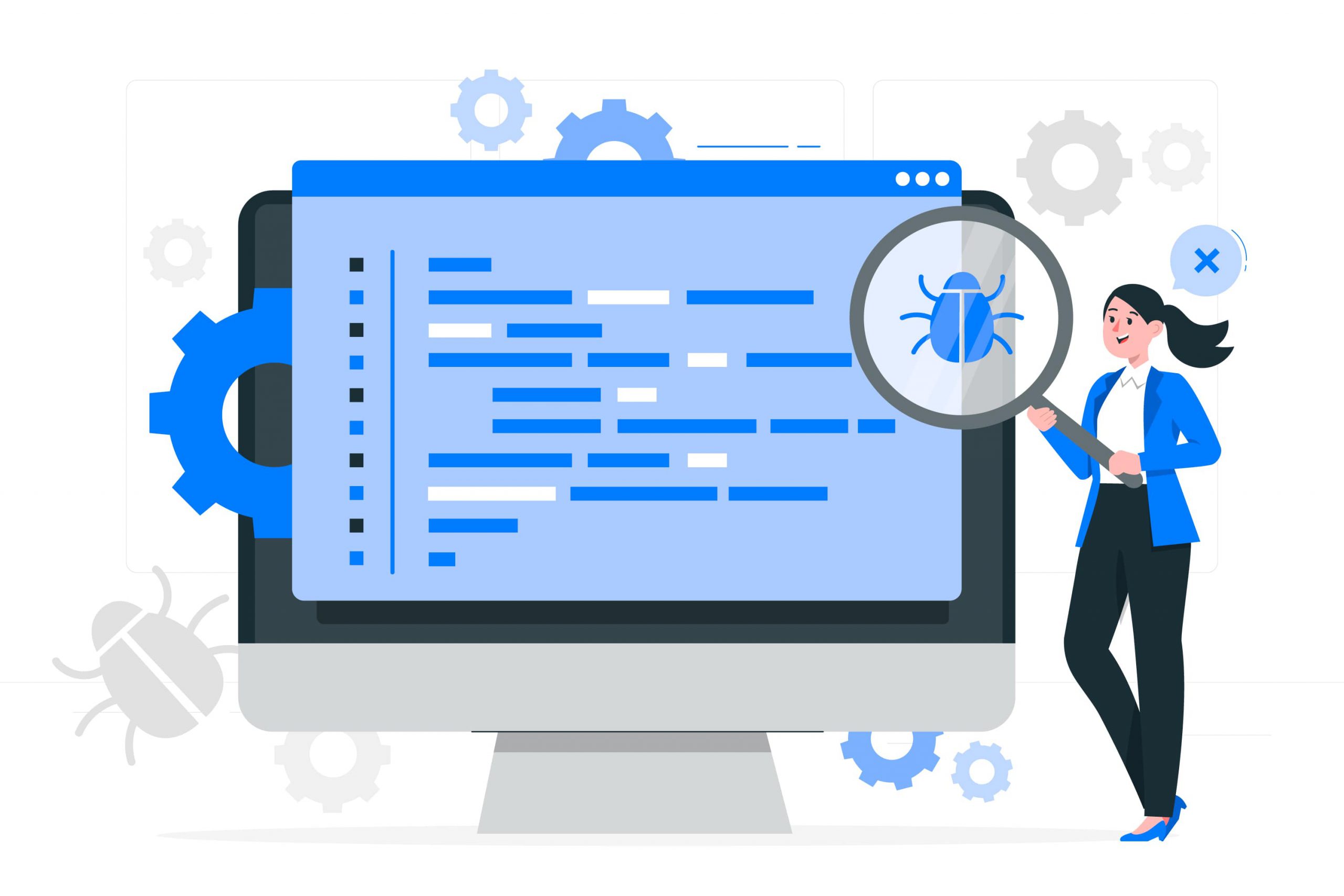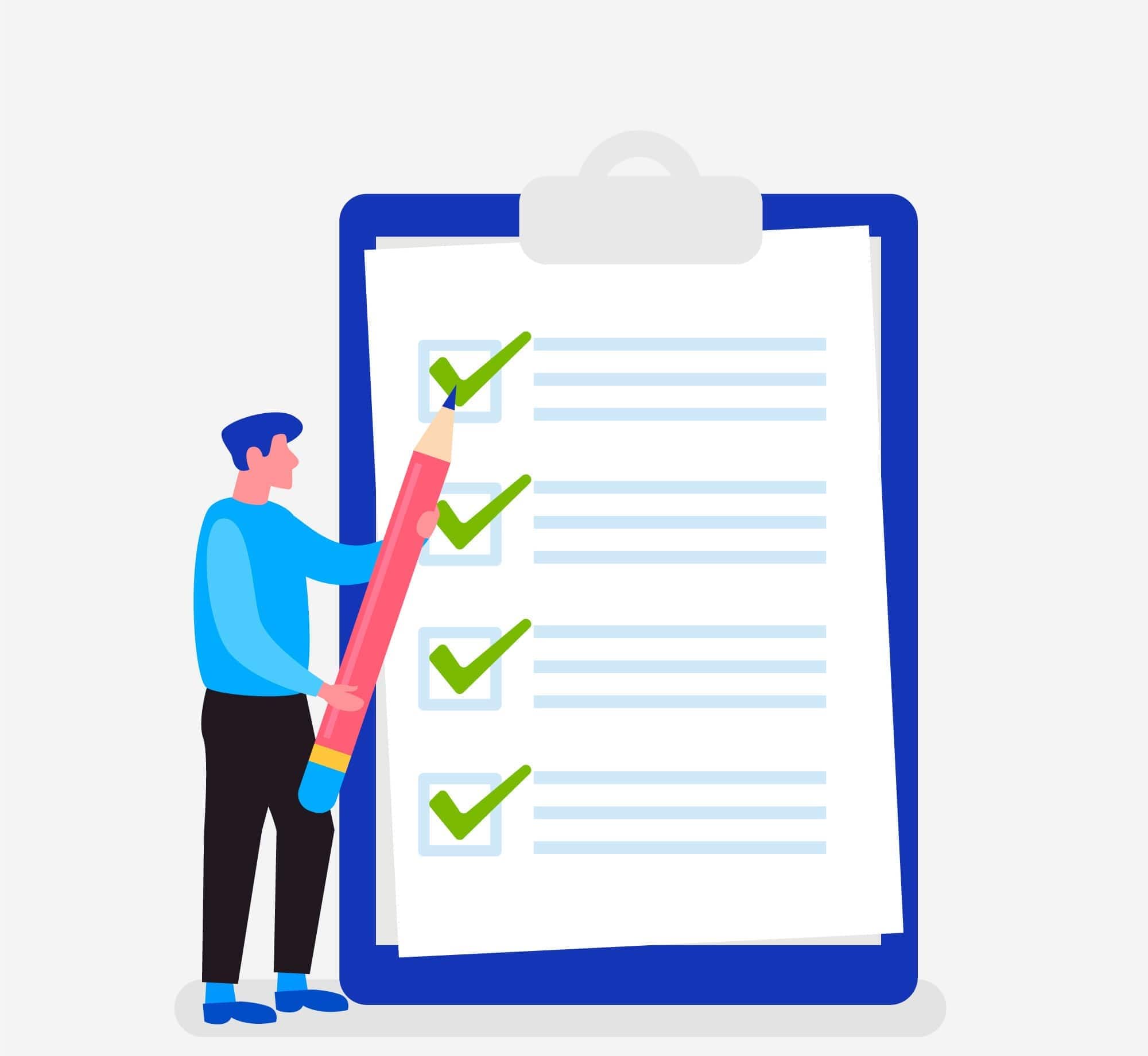Personal assistant bots to improve user experience, chatbots to increase customer engagement, site monitoring bots to improve site performance, etc. These “good bots” provide some kind of benefit to the businesses.
The “bad bots,” on the other end of the spectrum, pose a serious threat. Half of all internet traffic worldwide consists of bot traffic. Therefore, a sudden spike in traffic to your website is more likely the result of malicious bots than it is of your products or services performing exceptionally well.
In this blog, we’ll go over five practical bot-blocking methods and approaches to protect your company’s future. But let’s first discuss the impact that bad bots can have on your business before moving on to the strategies.
The effect malicious bots have on your website
Malicious bots feed on any section of a website that allows content created by users.
They stuff fake links into all the forms, comment sections, and other sections of your website. Data brokers will stop at nothing to obtain your personal information. A wave of such hostile bots harms the reputation of your company and could result in fines from authorities or search engines like Google.

In addition to this, they negatively affect your website in the other ways listed below.
Compromised user experience
In addition to the obvious repercussions of fines and penalties, these bots ruin users’ experiences by pilfering user information, manipulating website analytics, mistakenly blocking real users, and lowering conversion rates.
Increased resource costs
Robust server infrastructure is necessary to handle the surge in traffic caused by bot attacks. Furthermore, the time and effort required to detect, stop, and mitigate the effects of these attacks increases the overall cost of resources.
Greater possibility of negative legal effects
One of the simplest deliberate side effects of bot attacks is data breach. You might face legal repercussions for these security breaches if you violate data protection regulations like GDPR.
1. Put in place anti-crawler safeguards to prevent scrapers
The act of web scraping is not inherently malevolent.
Legitimate scraping actually aids in data analysis, but malicious scrapers cause havoc on your website by pilfering your company’s information. By stopping scrapers, you can protect your website’s resources and avoid sensitive data theft and content theft. The main query is: What is the best way to stop scrapers? Don’t worry; we’ve provided three methods for putting an anti-crawler protection plan into action.
Deploy a Web Application Firewall (WAF)
A real-time security measure that filters and blocks malicious bot traffic is the deployment of a web application firewall. It efficiently keeps an eye on HTTP traffic flowing from the Internet to web applications and guards against attacks such as SQL injection and cross-site scripting.

Implement effective session management
Bots are blocked by session management techniques that use behavior analysis. Thus, your system will detect and prevent a user from accessing any resources on your website if they send repeated requests using the same user ID.
Ascertain strong API security
Strong API security guarantees token-based access control and user authentication. Limiting the data that can be accessed through an API adds another degree of security because not all users can access all of the data. To safeguard your entire website, make sure control access is implemented for each API.
2. Implement CAPTCHA and reCAPTCHA
To determine whether a user is a human or a bot, all that is needed is a text box asking the user to enter the provided text.
Security measures like reCAPTCHA and CAPTCHA (completely automated public Turing test) verify that a user is human and stop con artists from accessing online resources. Although the idea behind captchas dates back to the 1990s, the types of captcha tests have changed over time.
For instance, one form asks the user to locate a specific object in the image grid, rather than requesting text input. Examples include “Select all images with a bicycle,” “Select images with a bike,” and so on.
Captchas must advance in sophistication to match that of bots. Biometric tests, like eye scans, or more difficult captcha tests could take their place.
However, the fundamental security requirement for all businesses is the use of captchas on their websites. These are the tactics you should be aware of in order to safeguard your data. Captchas and recaptchas are your first line of defense against malicious users trying to access your website, regardless of the size of your company. If you still need to implement them for your website, what are you waiting for?
3. Detect aberrant behaviors using machine learning (ML)
Nowadays, with 80–90% of digital data being unstructured, it is imperative to use machine learning to safeguard your company. Bot identification and blocking are aided by machine learning in the following ways.
Identifies unlabeled data
Developing precise thresholds or principles to identify unmarked or non-specified bot attacks is a very challenging task. Algorithms using machine learning can identify anomalous user behavior by analyzing unlabeled data and exposing underlying patterns.
Adjusts to data changes
The ability of ML to adjust to new data is one of its main advantages. In other words, in the event that your website is the target of a distinct bot attack, the machine learning model leverages the data to create a model that mimics the attack in the future.
Finds intricate irregularities
Bot attacks can take many different forms, making it difficult to identify them using traditional methods. This is where complex patterns and correlations in data are found using deep learning models and machine learning algorithms, allowing for the early detection of such anomalies.
4 .Set up allow and block lists
Bots are automatically prevented from taking over your website if you are able to control who can access your web resources and who cannot.
Users can be given access control through allow lists and block lists. Despite the fact that both ideas offer access control, they represent opposite ends of the same spectrum. When implemented properly, this strategy protects online resources, even though it presents a technological challenge for a global audience. Let’s investigate how.

Only authorized users can access the website thanks to the allow list.
Finding malevolent users is a crucial first step in blocking them. Allow lists can help in this situation. For these lists to determine which bots have been authorized to access a website, a combination of headers and IP addresses is used. Access to IP addresses that are not on the list is automatically denied.
Blocklists expressly forbid malevolent bots
The approach taken by blocklists differs from that of allow lists. By identifying particular identities and preventing access, it protects web resources. This is a more sophisticated and transparent method of gaining control.
5. Implement incident response plans and ongoing monitoring.
Indeed, you must have risk-reduction plans in place in case a bot attack happens. But even knowing this requires ongoing defense against these attacks. Thus, continuous monitoring is the most crucial front-line employee for corporate security. It enables you to quickly take action to protect your data by assisting you in identifying any unusual activity or vigilance over your website traffic.
But the fundamental query is: How should your website be monitored?
Let’s dissect it.
Use real-time alerts and notifications.

Real-time alerts and notifications are an integral part of any successful bot management strategy. Your analytics tool instantly notifies the security team when it notices any unusual activity. These timely alerts assist you in preventing or lessening the significant harm that the bots are causing.
Take note of prior bot assaults.
Analyzing past errors is an essential part of ongoing surveillance. Every bot attack presents an opportunity for learning since it reveals common patterns, weaknesses, and strategies used by both parties. Make constant improvements and updates to your current defense systems with the help of this knowledge.
Create a transparent incident response procedure.
It is insufficient to allocate resources for website monitoring. A clear incident response procedure is also necessary, one that assigns duties to particular staff members in the event of a bot attack. By doing this, you can minimize possible data breaches and enable your team to react swiftly to important events.
It’s time to defend against bot attacks on your website.
As long as you are aware of the existing vulnerabilities in your security system, the strategies listed in the article will be beneficial to you. So, the first thing you should do if you notice an unexpected increase in traffic to your website is to think back to a similar situation you’ve faced in the past and how you handled it. It is later to check the incident response plans.
It is imperative to take preventative measures to safeguard your company against possible threats and bot-related data breaches. In a world where bots rule the internet, if you don’t prioritize security, the bots won’t think twice about compromising the credibility of your company.
Furthermore, putting these strategies into practice is a continuous process. You’ll need to frequently combine several security measures and continuously check the parameters of your website. Keep an eye out, educate yourself on possible security risks, and develop countermeasures. If attempting it alone seems too much, seek the assistance of cybersecurity professionals. The crucial thing is that you’re acting proactively to prevent these bots from stealing your company’s data and reputation!
Choosing provider is really important for your website. You must find reliable hosting provider that has best security system so you feel safe and you just need focusing to grow up your website. To get complete protection on your website, you can also use ASPHostPortal hosting services. In one hosting service package you can get a free domain complete with SSL protection!

Javier is Content Specialist and also .NET developer. He writes helpful guides and articles, assist with other marketing and .NET community work



